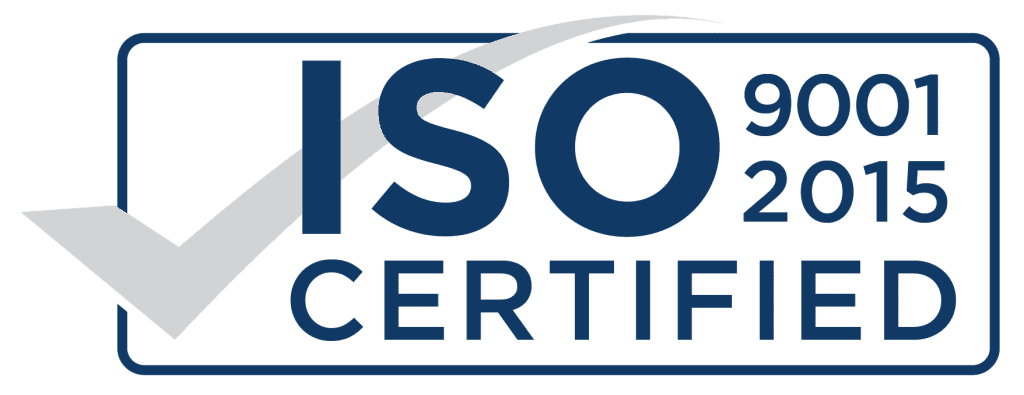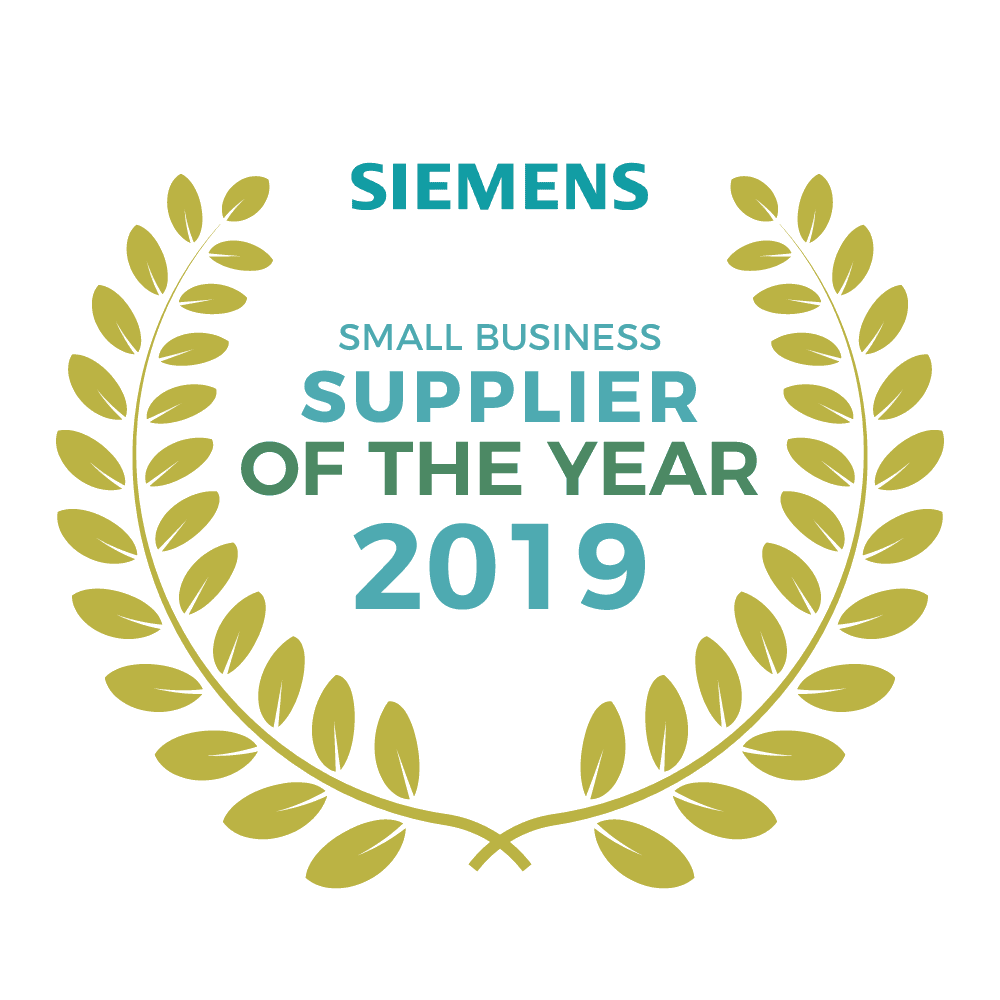At Precision Machine Fabrication, we are an ISO 9001:2015 certified business that works with companies in a wide range of industries to execute a variety of projects. We are dedicated to creating and maintaining a smooth and reliable manufacturing and fabrication process for our customers, no matter how complex the ask is.
Steps to Our Fabrication Process
Our sheet metal fabrication process can be broken down into four equally-important phases:
Quote Process (RFQ)
The manufacturing operation begins with a request for quotation (RFQ) process. In this phase of the process, the customer provides our business development team with detailed and dimensioned drawings to look over. Providing this design information is a critical step as our team cannot produce designs from scratch. Then, our estimating and business development teams perform a project review to assess areas like tolerances, materials, and tooling requirements that would be necessary during the project.
At this point, the estimating team determines material yield and outlines the internal and external processes required to complete the process and verifies material, sub-contract, and tooling costs. Finally, after getting the final part cost and processing times, the final quote is compiled and returned to the business development team for review prior to us submitting the final document to our customer.
As our teams are going through this metal fabrication process, it’s important to keep in mind that, during the quoting process, we may find areas where manufacturability is an issue. In these cases, we most often suggest alternate methods of production that meet the needed function.
Purchase Order Entry
The next step in our fabrication process is to enter the purchase order. Here, our business development team receives a purchase order from the customer and verifies that the purchase order matches the current quote that was made available on the RFQ. The order information is entered into our ERP software and a unique order number is created. Once all information is entered and verified, we send over an order acknowledgment to the customer and send the information over to engineering.
Engineering
When the order is in our engineering stage, we double-check the quote and materials needed to check for any potential issues that may delay production. If everything checks out, we can proceed to pre-production. Here, we program the various CNC punch, laser, and HDS press brake operations that will be used during production. An inspection file is then developed for our Virtek Laser QC machine using the part’s flat CAD geometry provided by the customer.
After that, a shop routing document is created to show the various processes that this job will go through, which allows both management and shop employees to monitor and track the progress and efficiency of the project during production. Then, one of our engineers will create a series of shop drawings that will be stored on our network as electronic document sets so that our shop employees can access the information at any time when the product is in review.
In the last step of this phase, all the raw materials necessary to complete the project are calculated and ordered and the job is scheduled and released to production.
Fabrication and Manufacturing
Once the project is on the shop floor, we move the product through the sequenced routing steps as outlined by our engineering team. This fabrication and manufacturing process usually begins by either punching or laser cutting the product from flat sheet stock.
1. Cutting
Cutting is the first step in many fabrication and manufacturing projects. Cutting is the fabrication process of reducing large pieces of metal into smaller segments. Sheet metal cutting may seem straightforward, but a lot of work goes into getting the measurements correct. A proper cut requires utilizing technology like lasers, waterjets, power scissors, and other tools.
2. Punching
Punching is a process that creates holes in a piece of sheet metal. Punching requires specially designed punch presses to strike the metal hard enough to produce holes in predetermined locations on the sheet. Punch presses are necessary for many projects, including light and heavy metalwork.
3.Forming
Forming is the process of bending or folding metal into a predetermined shape. Once a manufacturer has cut metal pieces into the appropriate size, the next step is typically forming. Forming doesn’t require striking the workpiece; instead, it simply bends the material using a press brake. The press brake applies enough pressure to the workpiece to form a crease in the metal and give it a new shape.
4. Welding
Welding is a process that joins two or more pieces of metal through heat and pressure. Welding is prevalent in large-scale and industrial manufacturing plants. The most common types of welding in manufacturing are MIG, TIG, stick and arc, and flux-cored arc. Welding is very popular among many manufacturers because it is versatile, meaning any piece of metal can be combined regardless of its measurements or shape.
5. Machining
Machining is a process that removes unwanted material from a workpiece to create a specific shape or form. Machining includes drilling, turning, and milling. Drilling uses a drill bit to make a hole in the metal workpiece. Turning utilizes a CNC machine to spin a metal workpiece at a speed that enables the cutting tools to shave off metal as it rotates. Milling relies on multi-point cutting tolls to subtract metal from a workpiece.
Inspection and Shipping
We then perform a 100% inspection process on our Virtek Laser QC scanner. The scanner uses a laser to scan a flat part before it is bent and compares it to the customer-supplied CAD data to ensure that every single dimension is correct right from the start of the manufacturing and sheet metal fabrication process, eliminating delays or potential mistakes. This cutting-edge piece of equipment was acquired in our commitment to continuously enhancing our quality and dependability.
When the first piece has passed inspection, the operator runs the remaining parts, using the approved part as a “golden sample” to ensure that the subsequent parts match its quality. On new jobs or updated revisions, first-piece inspections are performed and signed off by a member of our quality team for each remaining operation in the process. It’s important to note that some of our production processes are performed by outside subcontractors (such as electro-plating or heat treatment). In these cases, we work to follow up with our vendors to get the products back within the quoted timeline.
Once all processes are completed and final product inspection is approved by our QC team, we package and ship customer requirements and their routing guides. If special packaging is required, this is identified in the quoting and engineering stages and ordered ahead of time as needed.
So, there you have it! If you have a project that you need help with, don’t hesitate to get in contact with Precision Machine Fabrication today! We are standing by to answer your questions and to create a product that will help your company succeed.
Contact PMF to start your machine fabrication project today!


What Our Customers Say
919-231-8648
Start a Project in Raleigh Today
Ready to get started working with one of the top machine fabrication companies in Raleigh, NC and beyond? Contact us today for additional information and one of our representatives will be in touch in just a few business days!
View Our Work
